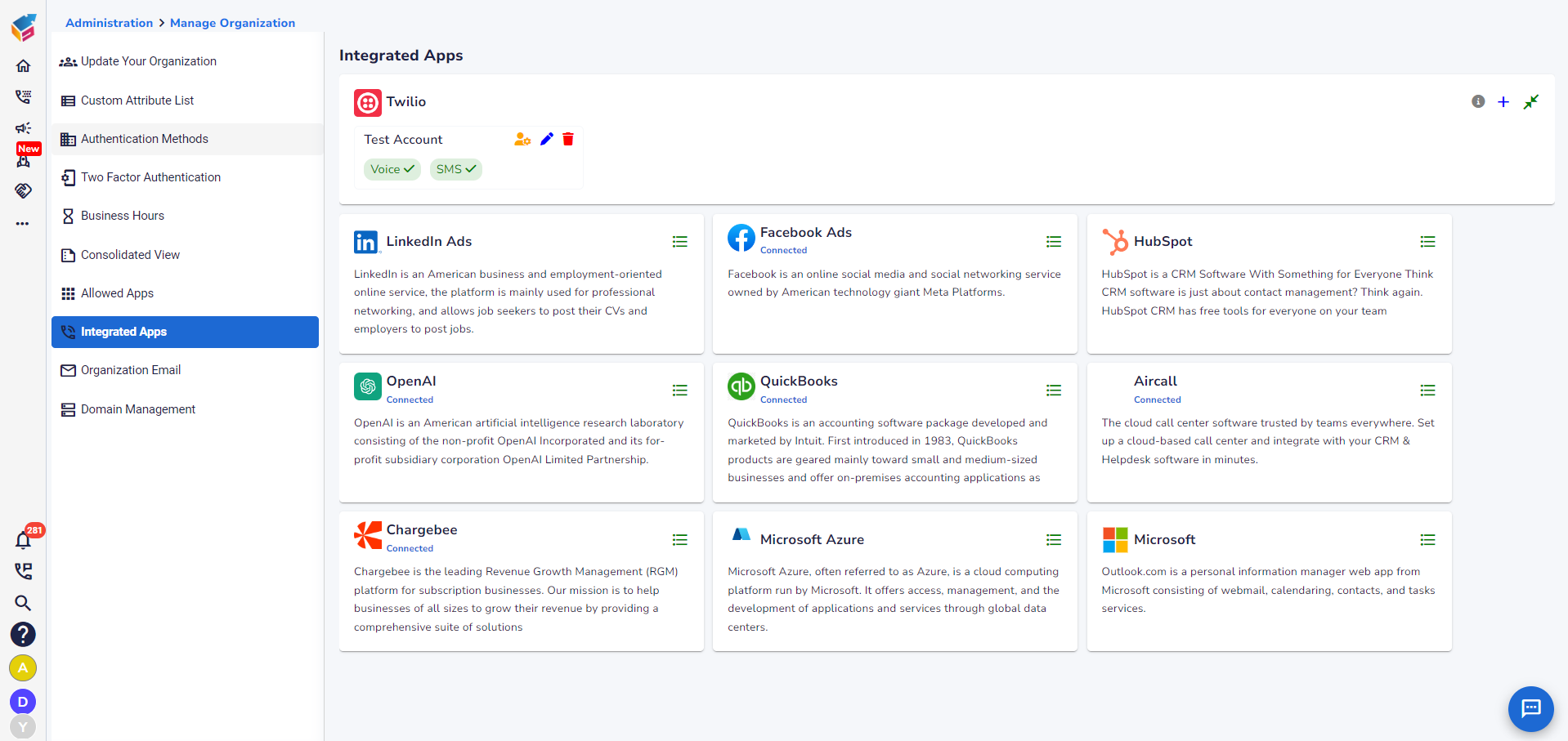Table of Contents
Sales automation revolutionizes how businesses manage and optimize their sales processes by leveraging technology to streamline tasks like lead nurturing, prospecting, and customer follow-ups. This approach enhances efficiency, improves productivity, and drives revenue growth.
Navigating Sales Automation involves more than just adopting new tools; it requires a balanced and strategic approach to maximize benefits while avoiding common pitfalls.
This article elaborates on sales automation tools, why sales automation is important, best practices and pitfalls in sales automation.
Sales automation tool
A sales automation tool is a software application designed to streamline and automate various aspects of the sales process. These tools provide various features like lead management, tracking interactions with customers, scheduling follow-ups, automating email sequences, and providing integration capabilities to integrate other existing tools and workflows. This integration provides centralized access to data and workflows from one platform to enhance the sales team efficiency. These tools aim to increase efficiency, reduce manual effort, improve sales, and drive growth of the organization.
YoroCRM is a sales automation platform that provides various features like contact management, lead management, multiple sales pipelines, invoice management, workspace management, omnichannel communication, and marketing automation. This enables the CRM team to automate their repetitive processes and focus on more customer engagement. YoroCRM provides a customizable dashboard that generates reports on various factors with valuable insights.
Why is sales automation important?
Sales automation is important for several reasons:
- Efficiency: It automates repetitive tasks in the sales process and allows team members to focus more on valuable tasks that drive sales and growth.
- Productivity: Workflow automation helps sales representatives to handle more leads and opportunities effectively without increasing the workload.
- Consistency: Automation ensures consistent follow-ups and communication with prospects and customers, enhancing the overall customer experience.
- Insights and Analytics: The sales automation tools provide report generation features that give valuable data-driven insights into sales performance, customer behavior, and pipeline health, enabling informed decision-making and continuous improvement.

- Scalability: Helps businesses scale their operations efficiently by handling increased volumes of leads and transactions without proportional increases in resources.
- Integration: Integrates with CRM software and other business tools like workflow automation software, customer support tool, and marketing tool to centralize data, improve collaboration between sales, marketing, and customer support teams, and create a unified view of customer interactions.

Best practices of sales automation
Here are some best practices for sales automation:
- Identify your goals: Sales automation can be implemented for various purposes like to increase lead conversion rates, improve sales team efficiency, or enhance customer engagement. So before implementing sales automation, clearly define your goals and objectives.
- Align with workflows: Ensure that your sales automation tools and workflows align with your sales process. Tailor automation to fit specific stages such as lead generation, nurturing, qualification, and closing.
- Clean data: Maintain accurate and up-to-date customer and prospective data. Use automation to clean and enrich data, ensuring sales efforts are targeted and effective.
- Personalization: Leverage automation to personalize your communication. The automation tools provide insights on customer needs by analyzing customer behaviors and preferences.
- Lead scoring and prioritization: Implement lead scoring models to prioritize leads based on their likelihood to convert. Using automation to route high priority leads to sales representatives promptly.
- Automated repetitive tasks: Automate repetitive tasks like follow-up emails, and reminders to ensure timely and consistent communication with prospects and customers. Customize sequences based on prospect behavior and engagement levels.
- Continuous monitoring and optimization: Regularly monitor the sales process by analyzing the reports generated to identify the area that needs improvement. Make necessary changes in the workflow based on the insights to enhance your sales efficiency.
- Training and support: Provide training and support to your sales team on using automation tools effectively. Encourage adoption and ensure they understand how automation enhances their workflow and productivity.
- Security compliance: Ensure compliance with data protection regulations and ethical practices in automation usage. Respect prospect and customer preferences regarding communication and privacy.
Pitfalls of sales automation
- Over-Reliance on automation: Depending too much on automation without maintaining a personal touch can make interactions with prospects and customers feel impersonal. This can reduce engagement and trust, as people often value personalized communication.
- Poor data quality and management: Inaccurate or outdated data can seriously undermine the effectiveness of your automation efforts. This can lead to missed opportunities and ineffective targeting, making it crucial to regularly update and clean your data.
- Complexity and implementation challenges: Implementing overly complex automation systems without proper planning or training can create confusion and inefficiencies. It can also lead to resistance from sales teams who may find the new systems hard to use or understand.
- Automation fatigue: Sales teams can experience burnout or disengagement if they feel overwhelmed by automated tasks. They might also feel that their expertise and intuition are being replaced, leading to a decrease in morale and productivity.
- Lack of flexibility and adaptability: Automation systems that are too rigid can struggle to adapt to changes in market conditions, customer preferences, or evolving sales strategies. This lack of flexibility can limit your team’s ability to respond quickly and effectively.
- Lack of human intervention: Relying too heavily on automation can reduce the opportunities for genuine human interactions. These interactions are crucial for building trust and nurturing long-term relationships with prospects and customers.
Enhance your sales automation with YoroCRM
Navigating sales automation successfully requires a thoughtful approach, balancing strategic implementation with an awareness of common pitfalls. By adopting best practices and steering clear of potential issues, businesses can maximize efficiency, streamline workflows, and achieve sustainable growth. A holistic approach ensures that sales process automation becomes a driving force for success in competitive markets.
Implementing YoroCRM for sales automation offers enhanced efficiency, streamlined workflows, and deeper insights. With its seamless integration and robust features, YoroCRM helps businesses optimize lead management, improve customer interactions, and achieve significant growth. By leveraging automation strategically, YoroCRM empowers teams to excel in today’s competitive landscape.




